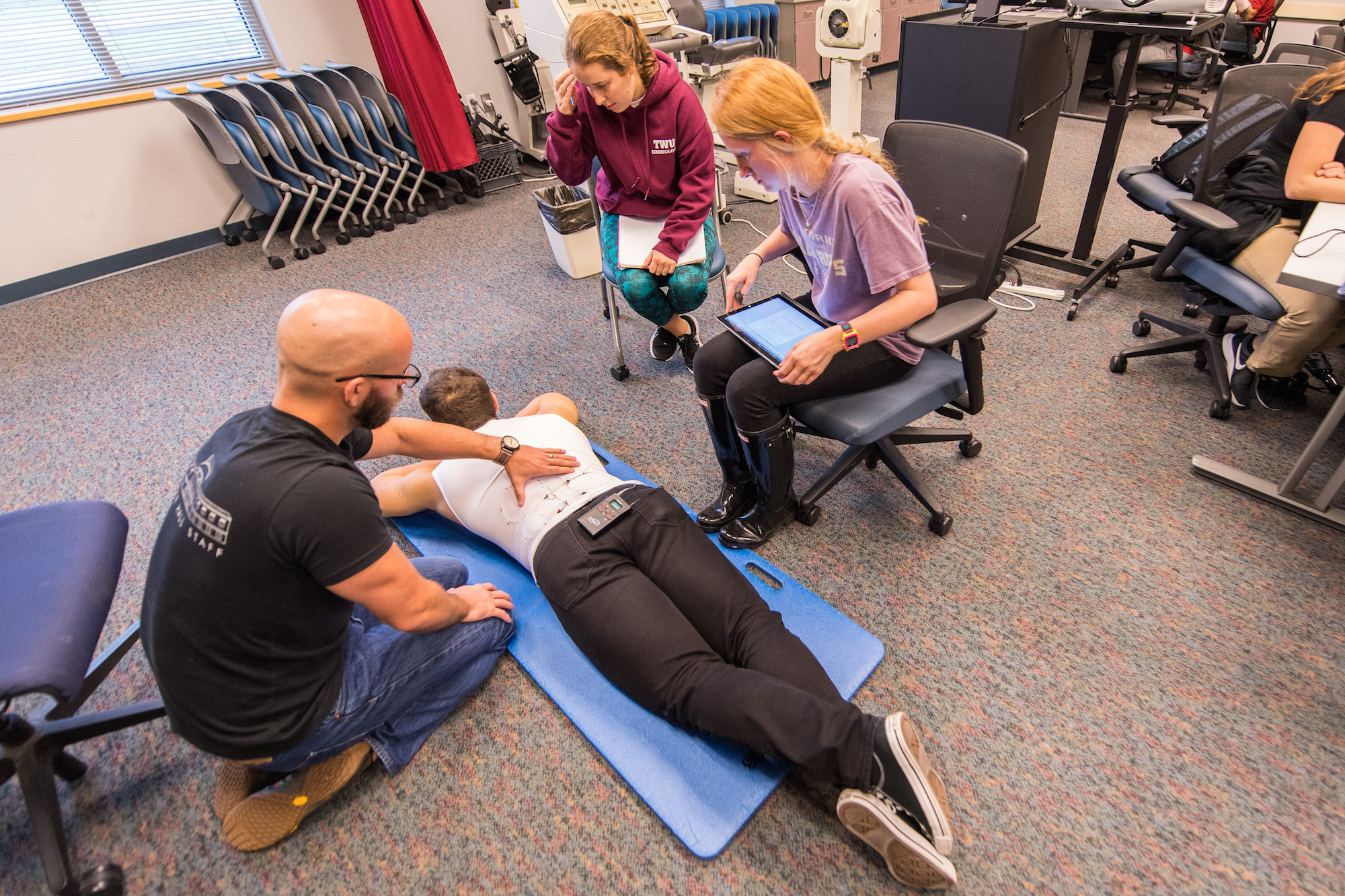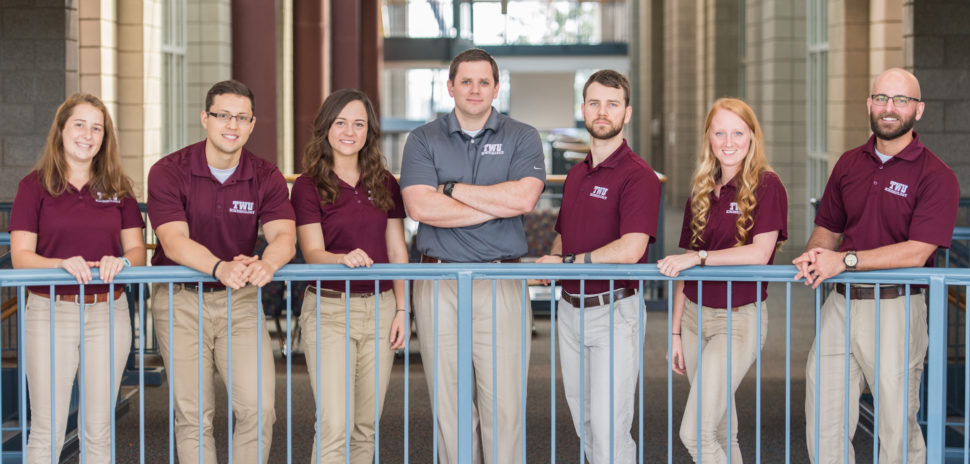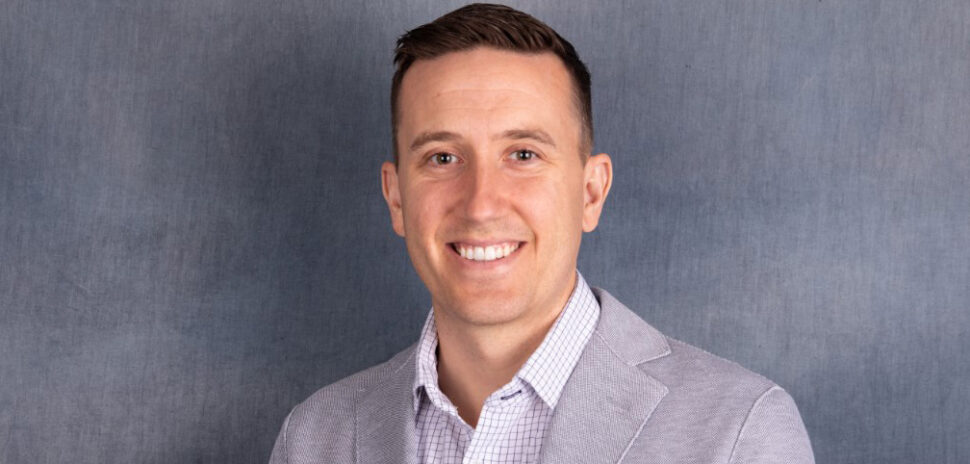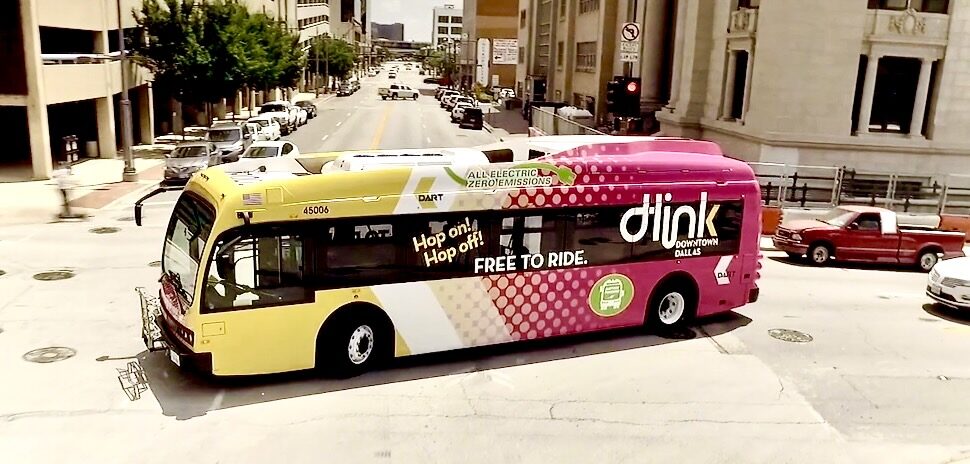A team of Texas Woman’s University students traveled to Houston for the Texas Space Grant Consortium Design Challenge Showcase on Nov. 12—and they returned to Denton as the contest’s big winners.
The team—Acolytes of Apollo—won best overall team accolades, as well as three first places, including: top overall design team, best poster, and best oral presentation.
And if winning wasn’t enough, this was TWU’s first time ever competing in the Design Challenge competition, which has previously been strictly engineering-based, but opened itself to health sciences for the first time this year.
Acolytes of Apollo was composed of six senior kinesiology students, five of whom will be graduating in Dec. 2018, and tasked to find solutions to issues in the world of space travel. Team members included:
- Alexis Quintana
- Arianne Scheller
- Audra Romans
- Charles Swieczkowski
- Curt Neeld
- Miranda Moore
“This team met this incredibly challenging project head-on,” faculty advisor and assistant professor of health promotion and kinesiology, Dr. Rhett Rigby Ph.D, said in a statement.”In less than six months, they conceptualized, developed and crafted a physical product that deserved top recognition.”
Acolytes of Apollo used 3D modeling software to develop their design, which was created to relieve lower back pain for astronauts, a design that is much needed according to NASA.

[Photo: Courtesy TWU]
“According to NASA’s research, we found a high rate of occurrence of low-back pain in astronauts,” Arianne Scheller said in a statement. “In physical therapy, neuromuscular electric stimulation (NMES) has been shown to help with pain in large muscle groups, so we looked at existing data and created a design that would effectively provide coverage with electrodes integrated into the garment.”
The hand-sewn garment is an undershirt that holds electrical simulators for muscle activation, which ultimately alleviates the pains micro-gravity can have on the lower back.
“We wanted a design that allowed for easy removal of the NMES system from the garment to put it in another after being worn for eight hours,” Audra Romans added.
The team also received guidance and support from Nicholas Levine, who is a doctoral student studying bio-mechanics.
NEED TO KNOW
The TSGC is made up of 59 state universities, industrial/non-profit organizations, and government agencies. It works to ensure that all Texans can access the benefits of space research and technology. The Design Challenge was administered by the TSGC and sponsored by NASA.
Updated Dec. 3, 2018.
![]()
Get on the list.
Dallas Innovates, every day.
Sign up to keep your eye on what’s new and next in Dallas-Fort Worth, every day.

































